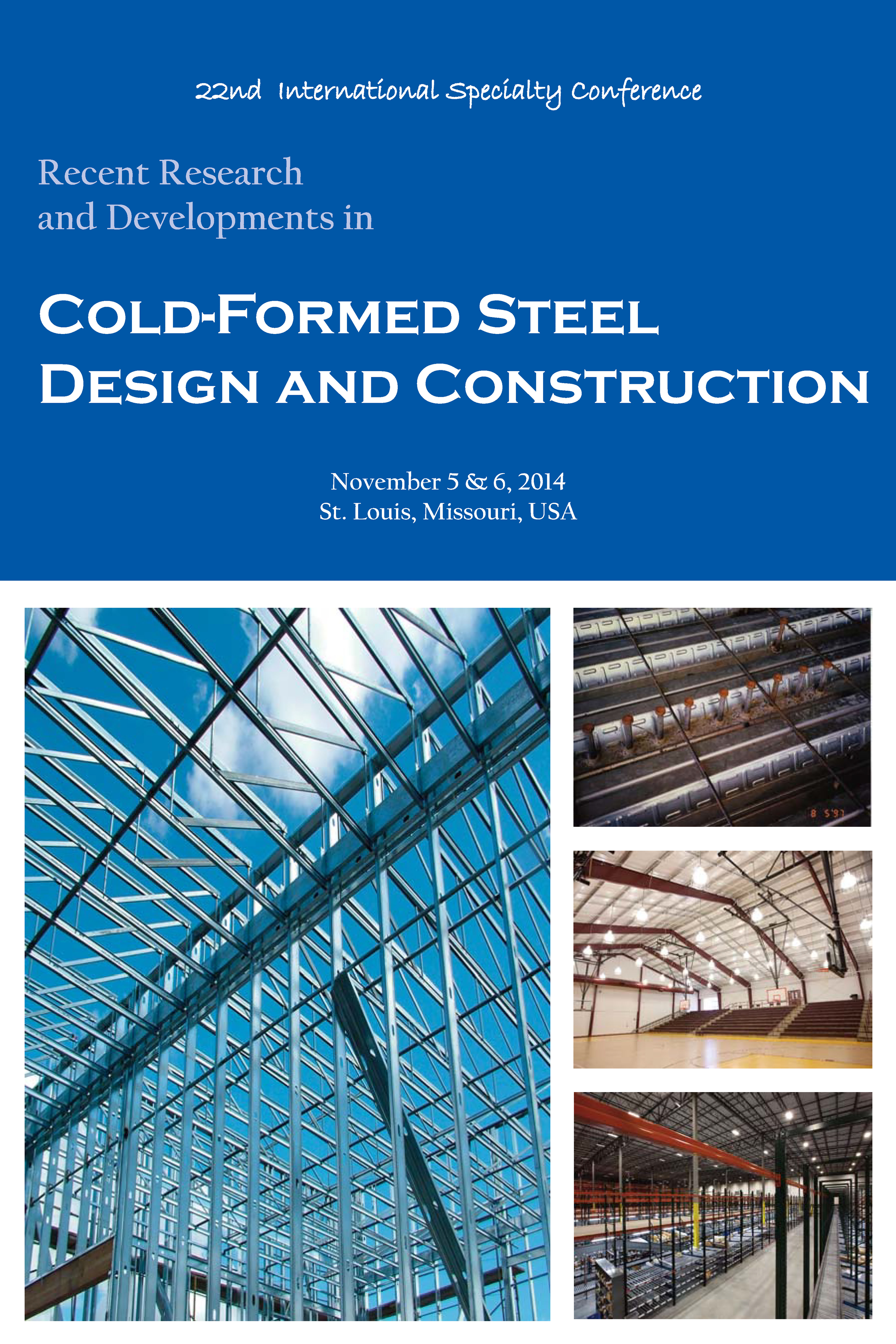Session Dates
06 Nov 2014
Abstract
This paper describes results of a study on strain and stress distributions in compact and slender composite deck slabs using nonlinear three-dimensional finite element models. The slabs were modeled as flexural members made of steel deck units and structural concrete fillings interconnected at the interface with nonlinear springs representing bond between two materials. The models are capable of accounting for partial interaction between the deck and the concrete, discrete concrete cracking in the slab tension zone, and nonlinear behavior of the materials and the interface. They were validated against published test data and have proved to be effective in predicting load-deflection responses of composite deck slabs. The study showed that the strain and stress distributions are greatly affected by concrete cracking and slip between the deck and the concrete. The study provides information that may be useful in understanding composite slab behavior and in developing analytical models for predicting slab strength and stiffness.
Department(s)
Civil, Architectural and Environmental Engineering
Research Center/Lab(s)
Wei-Wen Yu Center for Cold-Formed Steel Structures
Meeting Name
22nd International Specialty Conference on Cold-Formed Steel Structures
Publisher
Missouri University of Science and Technology
Document Version
Final Version
Rights
© 2014 Missouri University of Science and Technology, All rights reserved.
Document Type
Article - Conference proceedings
File Type
text
Language
English
Recommended Citation
Degtyarev, Vitaliy V., "Strain and Stress Distributions in Composite Deck Slabs: A Numerical Study" (2014). CCFSS Proceedings of International Specialty Conference on Cold-Formed Steel Structures (1971 - 2018). 3.
https://scholarsmine.mst.edu/isccss/22iccfss/session06/3
Strain and Stress Distributions in Composite Deck Slabs: A Numerical Study
This paper describes results of a study on strain and stress distributions in compact and slender composite deck slabs using nonlinear three-dimensional finite element models. The slabs were modeled as flexural members made of steel deck units and structural concrete fillings interconnected at the interface with nonlinear springs representing bond between two materials. The models are capable of accounting for partial interaction between the deck and the concrete, discrete concrete cracking in the slab tension zone, and nonlinear behavior of the materials and the interface. They were validated against published test data and have proved to be effective in predicting load-deflection responses of composite deck slabs. The study showed that the strain and stress distributions are greatly affected by concrete cracking and slip between the deck and the concrete. The study provides information that may be useful in understanding composite slab behavior and in developing analytical models for predicting slab strength and stiffness.



